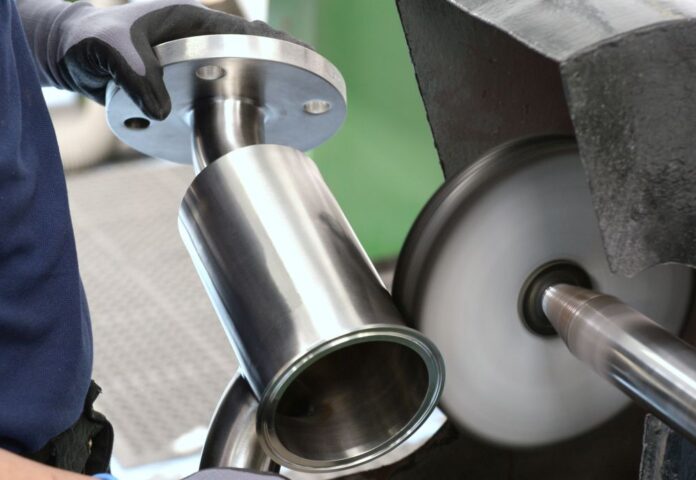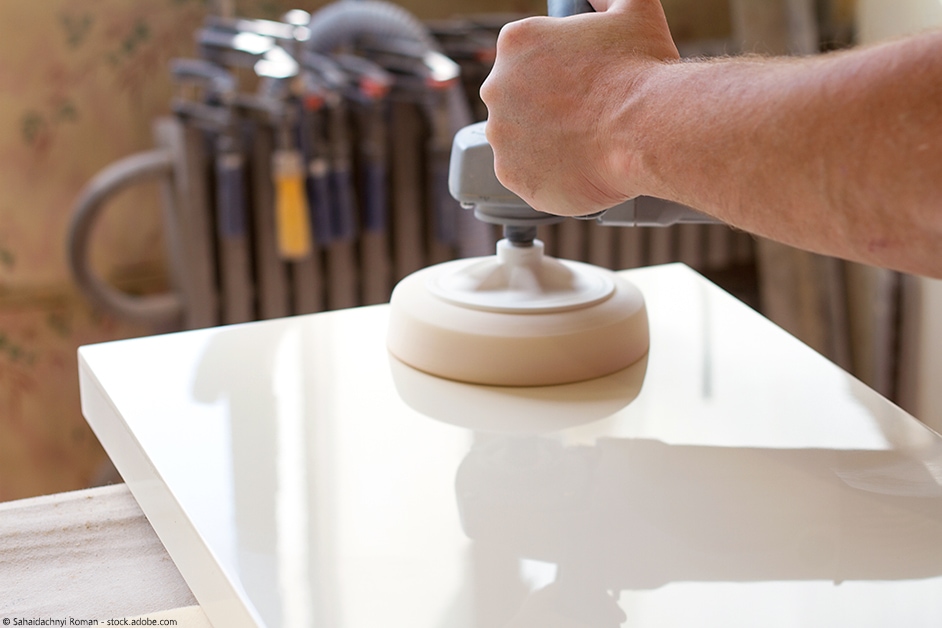
Ever since the dawn of mankind, humans have been looking for ways to be faster while working and to make things a little bit easier. Tools were the solution to every man’s problem at the time. At first, tools were made out of rocks, stones, and would. But, as mankind evolved, we started to implement metal in our tools. Metalworking was considered to be quite an advancement in the history of mankind. But, that material was constantly prone to corrosion and rust. Thankfully, we have also developed many different processes of surface finishing treatment to prevent those problems.
Of course, the techniques we had thousands of years ago our completely different when compared to what we have today. In modern times, we have entire factories that are dedicated to metal finishing. The machines and factories built for this purpose are so advanced they can basically achieve perfection. However, even today we like to use several different techniques when it comes to finishing treatment. The type of technique factories utilize depends on the type of product or material they are working on.
If you are interested in all of these different techniques, here are some of the most commonly used ones.
Electroplating
Electrodeposition or electroplating is one of the most commonly used types of surface finishing in most industries around the world. The way it works is actually quite simple, contrary to what most people would think.
For example, a piece of jewelry made out of silver is submerged in a liquid substance that is filled with gold ions. Once the jewelry is inside the liquid, a current is run through it. While the current is running, the object, in this case, the jury, starts to attract all of the ions. Once the process is finished, the piece of jewelry will be coated almost equally on every side with gold.
Not only can you cosmetically improve products this way, but you also increase their durability and their resistance to corrosion or wear. If the piece of jewelry was left as silver, it will be susceptible to corrosion and would easily be scratched.
Painting

Paint is another way we can protect the surface of the metal. Of course, it may not be as efficient and the levels of resistance might not be as high as electroplating, but it is still better than nothing, right? Although, the paint that is used in these processes is not the same one that you would use to paint the walls in your home. Instead, these are special types of paint that need to be applied with a special technique.
A great example of such paint is the one that is applied to most vehicles. This one has a higher level of resistance against water, cold, heat, and corrosion. If you have ever wondered how your vehicle can stay under the sun for hours, days, and weeks without the slightest bit of damage, this is how that is achieved.
Vibratory finishing
Might not be the most popular finishing process, but it is certainly quite effective for descaling, deburring, burnishing, cleaning, and brightening small metal pieces.
Personally, I find the process quite interesting because of the machines. The way it works is pretty simple though.
A machine with the ability to vibrate at a very high frequency is connected to a container/a tub that is filled with a material usually referred to as tumbling media. According to shinysmooth.com, tumbling media can be a lot of things. It can be plastic, ceramic, porcelain, and even steel.
Once the tub is filled with tumbling media, the metal pieces are placed inside of it. The top is closed down and then the machine starts to vibrate it. The friction between both of the materials is what does the finishing and the final touches to the metal.
The great thing about using this planet is the fact that it is quite cheaper when compared to other finishing processes as suggested by inovatecmachinery.com.
Brushing

Brushing is a method that is the complete opposite of electroplating. Instead of applying a new protective layer onto an object, the uppermost layer is removed. All of the imperfections that could be found on the surface of the object are now completely gone. Now that the said object’s surface is brought to a much smoother and shinier level, other methods of finishing can be applied such as painting or electroplating.
Most factories use this method to achieve a spherical shape.
Polishing

Polishing, lapping, and buffing are all very similar to what brushing is. Like I already said, it is for reducing the imperfections that can be found on a certain object. But, these methods are utilized to reduce the roughness of a material. Depending on the type of method we are talking about (polishing, buffing, honing or lapping) the lowest level of roughness will be different. For example, polishing can reach 1-32 micro interests while buffing can go even lower than that.
The polishing process is usually done with the help of leather or felt.
Sandblasting
This is another method that I find quite interesting because the whole process is quite unusual. It is the one that makes you think about who originally thought of this. Basically, how the process works, is pretty straightforward. A machine filled with small metal pellets or sand shoots at very high speeds at a certain surface. You would think that such a method is a bit brutal, but the results are actually quite the opposite. With it, a very smooth and matte texture can be achieved.
Sandblasting is usually used for softer metals that need a smoother surface.
When talking about metal surface finishing or treatment, there are hundreds of different processes that can be utilized. And all of these different methods exist for a reason. They can be utilized for different results. But, the ones I mentioned above in this article are one of the most commonly used and the ones that have been perfected the most.
















